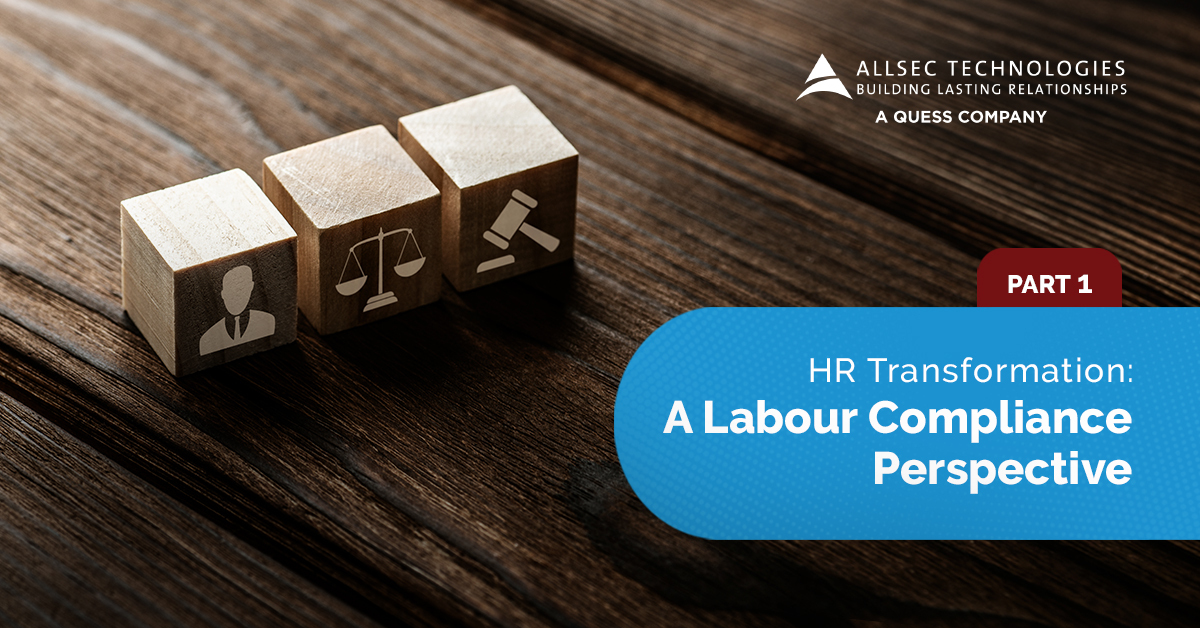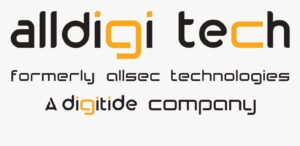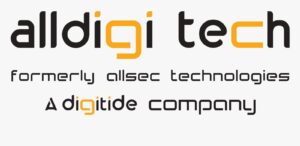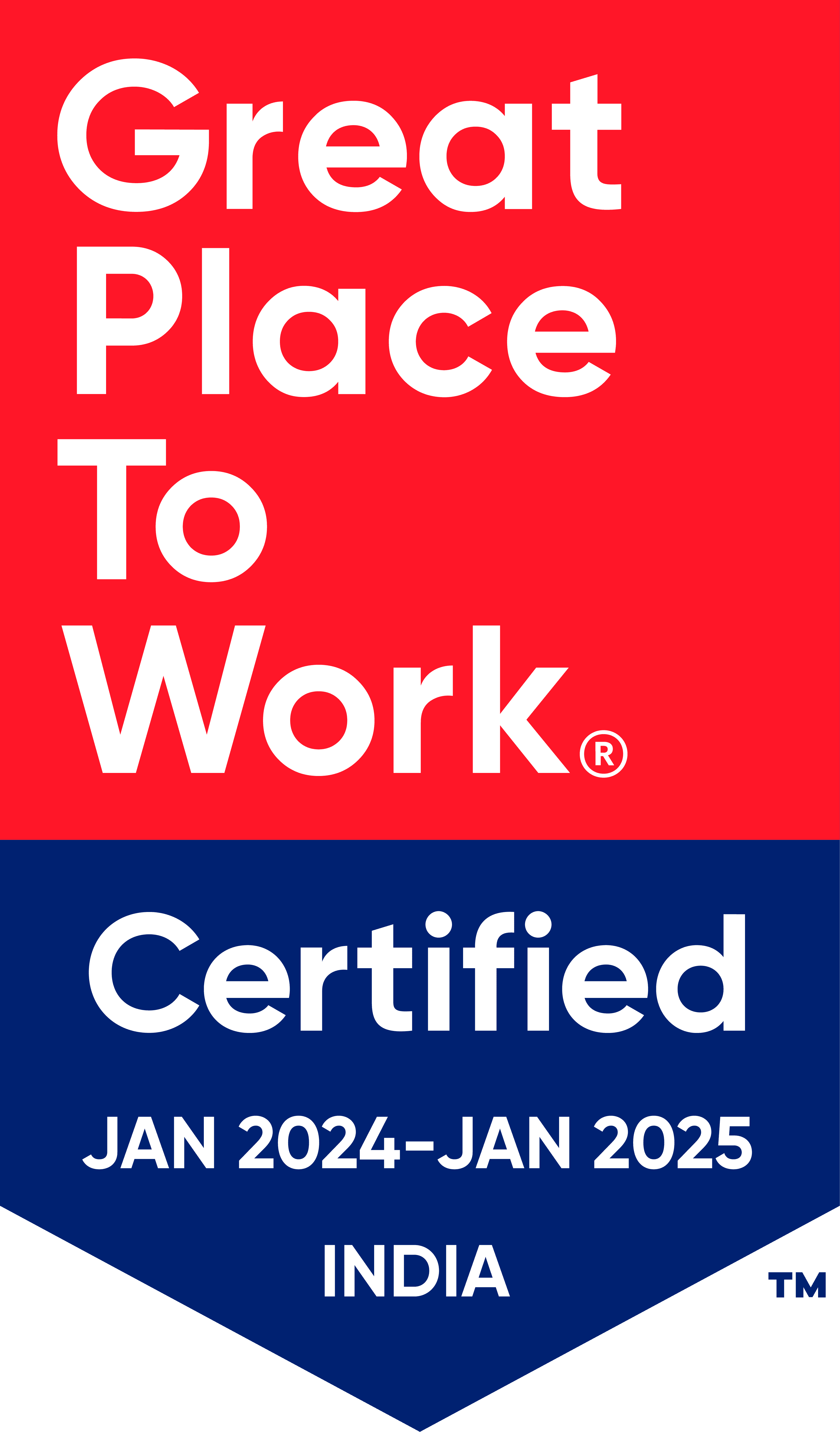
The changing landscapes of the workplace coupled with cutting edge HR tech, and the availability of gig workers have resulted in the need for HR to adopt new practices and processes to keep up with the changing times. Labour compliance related activities were always seen by corporates as ‘have to do’ rather than ‘should do’. That mindset is changing for the better amongst forward looking organizations, who understand that compliance protocols are like a ‘suit of armour’ around their employees.
In this article Alldigi’s Sales Lead, Uttiya Das, delves into how HR Transformation projects impact Labour Law compliance.
Key Impact Areas
Adoption of technology
The adoption of HR technology solutions, such as HR Information Systems (HRIS), Applicant Tracking Systems (ATS), and e-Signature platforms, help streamline HR processes, making it easier to manage and store employee data. They have built-in features that generate the required reports and registers. Time and Attendance tracking software simplify wage calculations as Overtime Hours, Benefits Eligibility and more are automatically tracked within the systems. Thus, HR operations are not just efficient but also labour laws compliant. The days of hand written registers and records are long gone.
Latest industry insights and developments
Labour laws are constantly getting updated to stay current with the changing business and economic climate. They can avail training, attend conferences and workshops, and engage with legal experts to unlock deeper insights into regulatory updates. One small silver lining in the extremely dark cloud that was the pandemic has been the rise of online webinars, which are a great source of education and information, especially in the HR space.
Policy compliance with labour laws
Once you are aware of current or upcoming labour law regulations and reforms, the next step is to amend the current HR policy to comply with revised rules. This also requires organizations to conduct regular reviews of their HR policies and procedures to quickly identify any areas that need to be updated or revised.
Objectives of HR Transformation Process
Moving away from a compliance specific outlook, HR transformation processes can vary from organization to organization but it essentially covers a few of the following:
- Improve overall workforce morale
- Automate workflows and bring in low touch HR solutioning.
- Save cost on HR processes like hiring, compliance, payroll, or even benefits management
- Attract top-tier talent
- Revamp the brand identity in the labour market
- Improve process efficiencies
Setting such objectives enables HR leaders to understand the reasoning behind certain strategies and outcomes they can expect to gain. This also helps them understand how their company’s current HR strategy is landing them on the wrong side of the adoption curve.
Conclusion
The Indian market is expected to grow at a fast pace over the next few years. HR 3.0 is inevitable and sooner companies look to embrace all 5 principles (Personlization, skill centric, transparent, data-driven and agile), the better off they would be.



